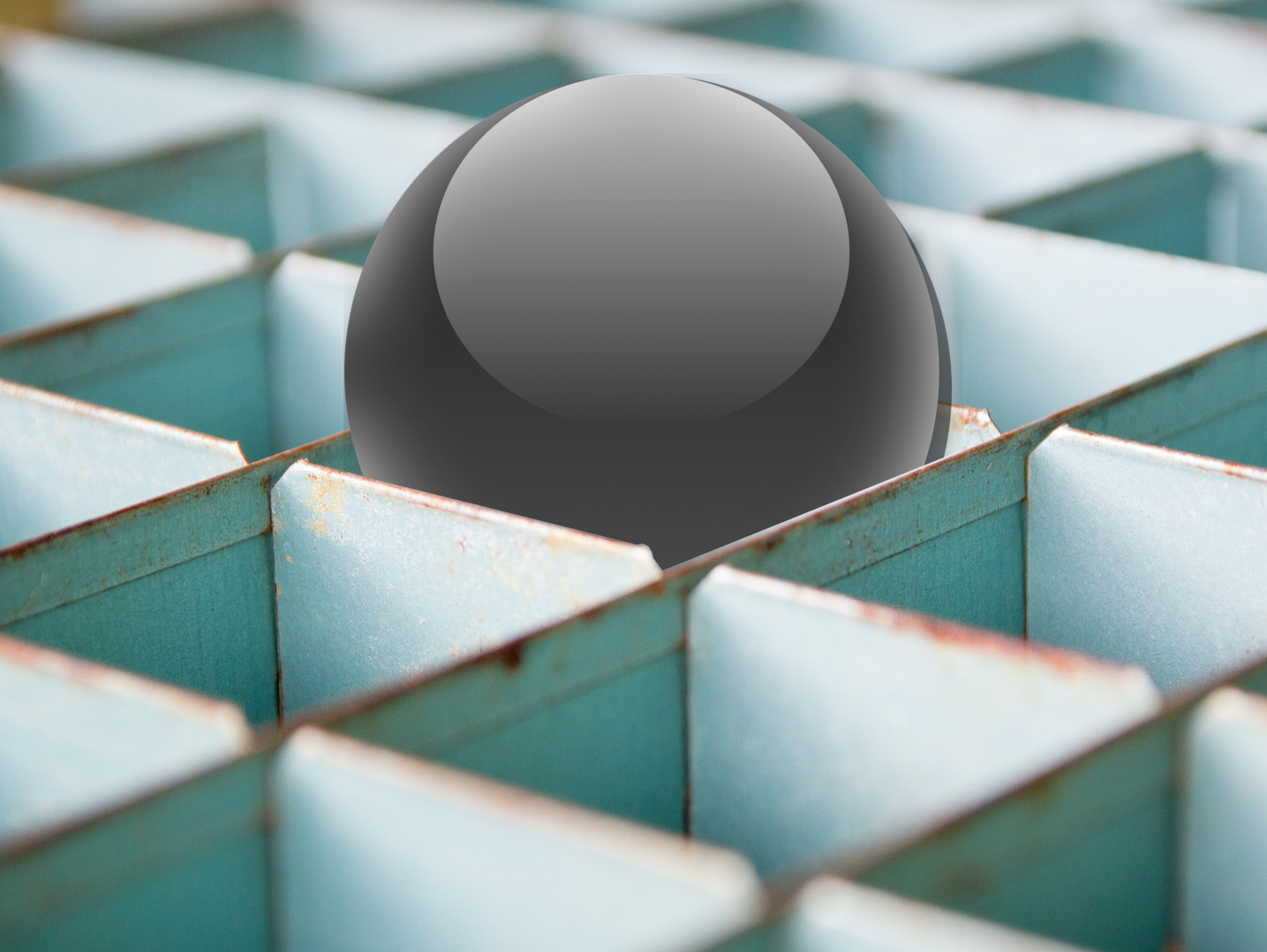Combining inorganic nanoparticles with biomolecules can lead to ordered structures with interesting physical and chemical properties. Common examples of such materials are nanoparticles functionalized with oligonucleotides. Proteins, in contrast, have not been as widely used in this area.
Tobias Beck and colleagues, RWTH Aachen University, Germany, have developed protein containers with opposite surface charges that assemble into a crystalline order, just like ions in a salt. The proteins have cavities that can be occupied by metal oxide nanoparticles to form a biohybrid material. The team used human heavy chain ferritin as the protein container. They modified the protein with additional glutamic acid residues to give it a negative surface charge, and prepared a positively charged variant by adding arginine or lysine residues. The differently charged proteins were co-crystallized and formed a tetragonal lattice.
The researchers were able to encapsulate CeO2 nanoparticles in the positively charged container and Co3O4 nanoparticles in the negatively charged container. The loaded proteins were co-crystallized and crosslinked using glutaraldehyde. The filled proteins still form a tetragonal lattice, indicating that the structure is independent of the nanoparticle cargo. According to the team, the combination of protein shells and functional cargo could lead to a variety of multifunctional biohybrid materials.
- Binary Protein Crystals for the Assembly of Inorganic Nanoparticle Superlattices,
Matthias Künzle, Thomas Eckert, Tobias Beck,
J. Am. Chem. Soc. 2016.
DOI: 10.1021/jacs.6b07260




